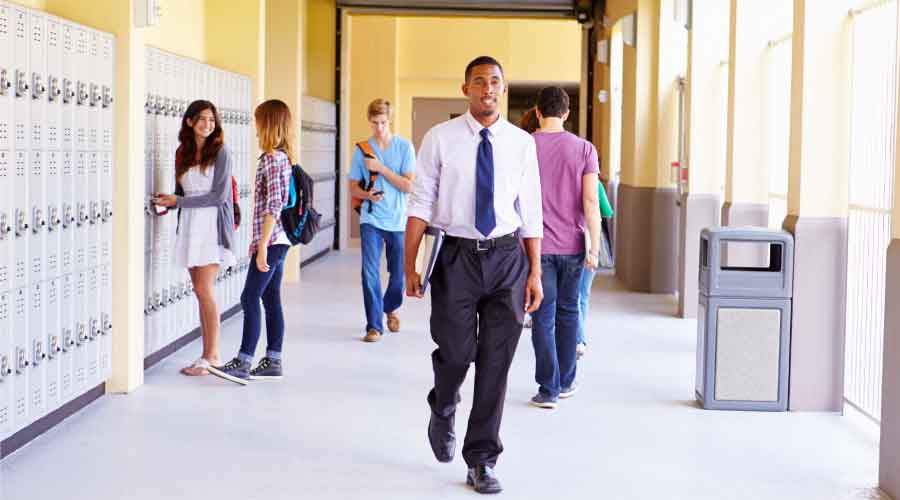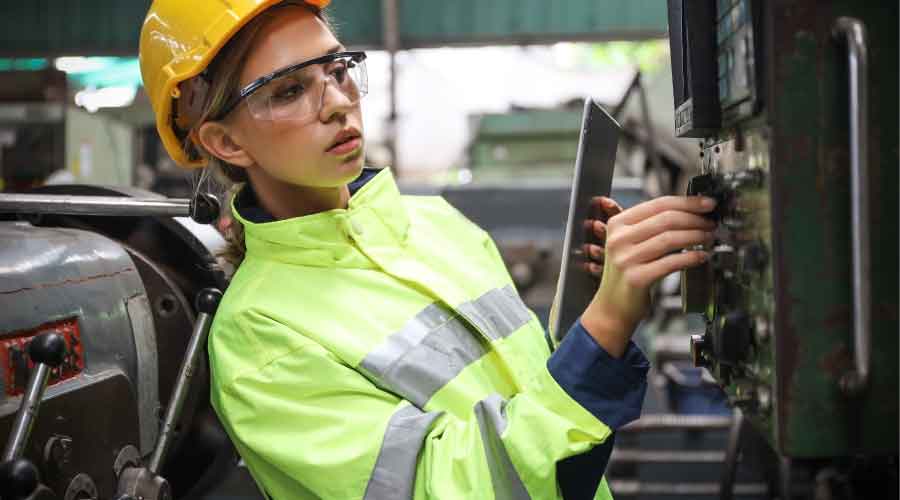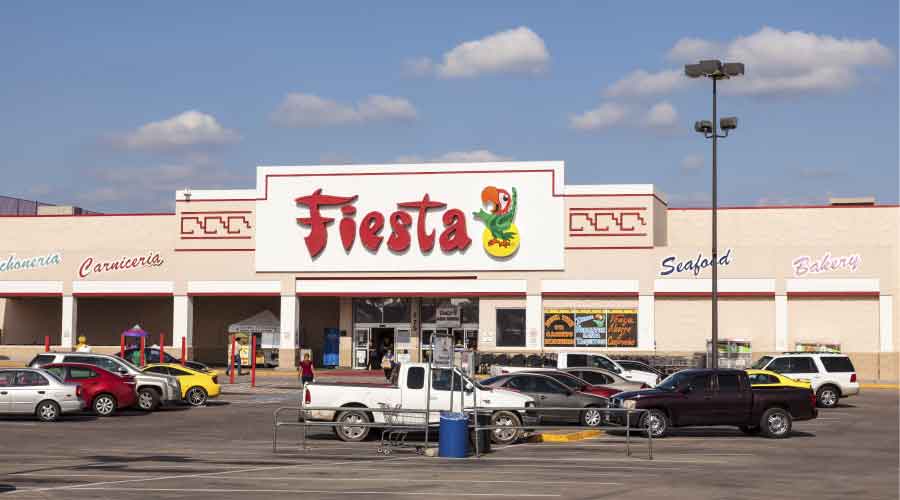
When to Address Student Health and School Sustainability
Schools buildings are being used for more than just teaching students. More community outreach brings on a new set of challenges for facilities managers. September 1, 2022
By Dan Weltin, Editor-in-Chief
School buildings are no longer just for teaching students. In the last few years they have become community centers. For example, during the pandemic, school buildings became a lunch distribution center and even a vaccine distribution center.
With this broadening reach comes new challenges for facility managers. Safety precautions, student health, building sustainability, and Internet of Things are just some of the issues keeping managers up at night.
The recent roundtable event “Smarter Ways to Manage Your School or University” featured three school facility managers sharing their experiences from these tumultuous past few years. Brian Cowperthwaite, senior director, facilities services operations & maintenance for The University of Chicago; John T. Shea, CEO, The New York City Department of Education, Division of School Facilities; and Keith Watkins, director of facilities, City School District of New Rochelle joined two manufacturer representatives — Alan Squires, director of specification and retrofit solutions for Zurn Elkay Water Solutions, and Ron Shaffer, industry solutions leader for the education market for SALTO Systems — in the hour-long discussion.
Two of the biggest issues for school facility managers include indoor air quality and sustainability measures.
The last two years have obviously focused on the COVID-19 pandemic and dealing with remote learning and the welcoming back of students. Even though the CDC recently lifted COVID-19 protocols, there is still an emphasis on building ventilation and indoor air quality.
Schools implemented bipolar ionization into HVAC systems, added air purifiers in classrooms and installed sensors in common areas to get real-time IAQ measurements. However, just as important as these new products are transparency and communication.
Facility managers need to make sure what they are doing is effective and worth the money. Using third-party validation services helps prove that the facility is safe for students and staff. Then, managers need to communicate the results with the community through newsletters and school websites so parents can see that the building is safe for their children and even union leaders can see that the building is safe for their workers.
Now that the pandemic is shifting to an endemic mentality, issues like sustainability are coming back to the forefront.
At the University of Chicago, the goal is to reduce greenhouse gas emissions by 50 percent by 2030. To achieve these goals, the first step is to take an energy inventory. For example, the university has just over 100 buildings and the team found that nearly 40 buildings are responsible for 80 percent of the energy use.
"You focus on the low hanging fruit. That's where you look first with your energy conservation measures," says Cowperthwaite.
Similarly, New York City has passed legislation establishing milestones for greenhouse gas emissions and Net Zero.
"New York City schools are 40 percent of the city's municipal square footage and 25 percent of the energy bill," says Shea. "We are a big source of the city's goals."
Facility managers need to partner with both the city and the private sector to make sure the technology can help buildings meet these milestones. For example, by 2024, all school buildings will use 5 percent biofuel and then a couple years later use 10 percent. But Shea wonders if products will be ready to meet future goals.
"What's going to happen by 2030? What's going to happen by 2050? We really have to continue that conversation," he says. "We also have to make sure our workforce is prepared to deal with that — not just contractors who are going to be able to do the work, but in-house people who are going to be able to maintain this stuff."
Sustainability goals go well beyond energy usage. For example, at the City School District of New Rochelle, Watkins’ team is converting its facility management vehicle fleet to hybrids, establishing a solar rooftop leasing program, installing electric vehicle charging stations, turning courtyards into outdoor learning areas, and converting kitchens and serving areas to implement higher efficiency warewashing for reusable dinnerware to go along with the robust food composting program.
At NFMT Remix in Las Vegas this November, school facility managers can join in a similar discussion during the K-12 Think Tank. With this 60-minute informal discussion, there's no need to sit through a formal presentation. Attendees simply pull up a chair and ask their questions to like-minded facilities managers from around the country.
For more information, visit www.nfmt.com/vegas.
Dan Weltin is the editor-in-chief for the facility market. He has nearly 20 years of experience covering the facility management and commercial cleaning industries.
Next
Read next on FacilitiesNet












